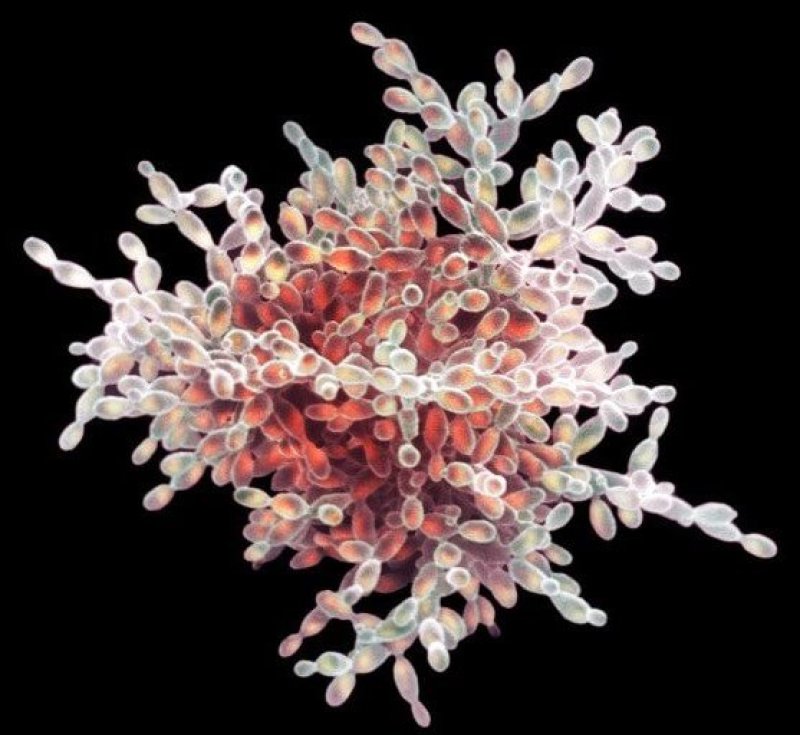The team that built the first synthetic yeast chromosome [in 2014] has now added five more chromosomes, totaling roughly a third of the yeast’s genome. It’s a dramatic scaling-up of our capabilities, and opens the door to large-scale genomic engineering.
…
[Each chromosome] was assembled from pieces of 30,000 to 60,000 DNA letters. This allowed the builders to “debug” each section as they added it…[As a result,] yeast cells with the new synthetic chromosomes grow just as quickly as normal, wild, yeast in laboratory cultures, despite the wholesale alterations.…
“It now sets the stage for the ultimate, which is putting all 16 synthetic chromosomes into one cell,” says [Dan Gibson at Synthetic Genomics, a biotech company in La Jolla, California].
…
A synthetic genome will give bioengineers unprecedented control over yeast metabolism. It would, for example, allow them to expand yeast’s repertoire of molecules to be produced or degraded.
Researchers could also “humanise” the yeast by incorporating human versions of genes. Geneticists already do this for a few genes at once, but synthetic chromosomes would allow them to go much further – a big plus when it comes to testing new drugs and other therapies.
The biggest payoffs, however, may be ones that no one foresees…Freed from the shackles of natural genomes, synthetic biologists may find they want a whole lot more.
[The study can be found here.]The GLP aggregated and excerpted this blog/article to reflect the diversity of news, opinion, and analysis. Read full, original post: Five designer chromosomes bring synthetic life a step closer































